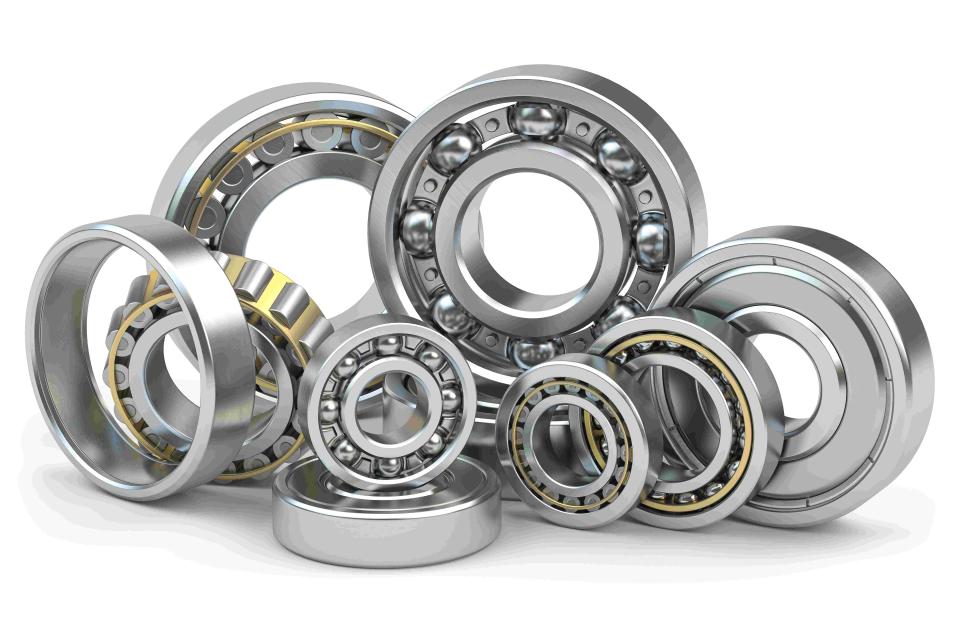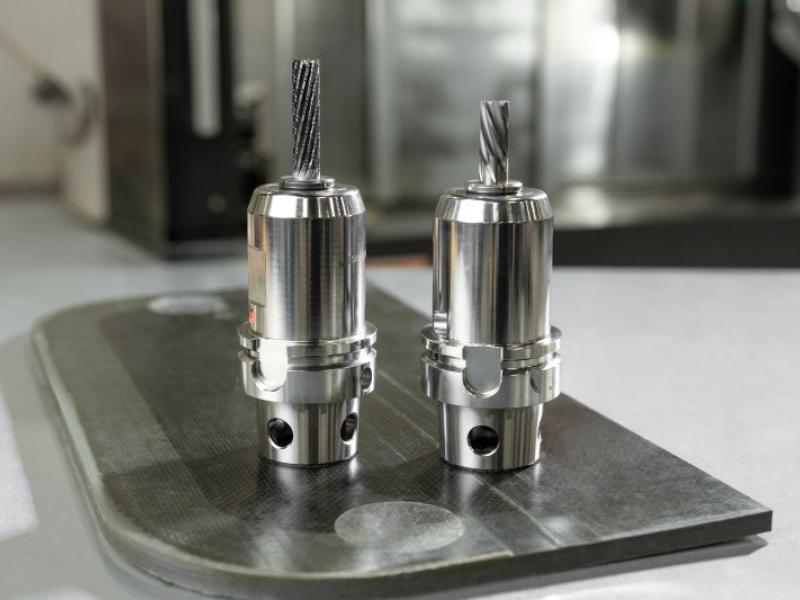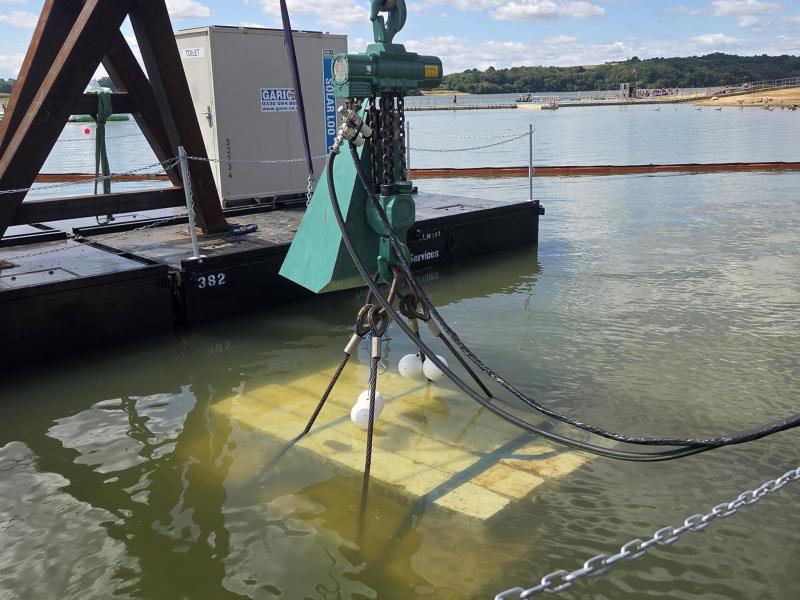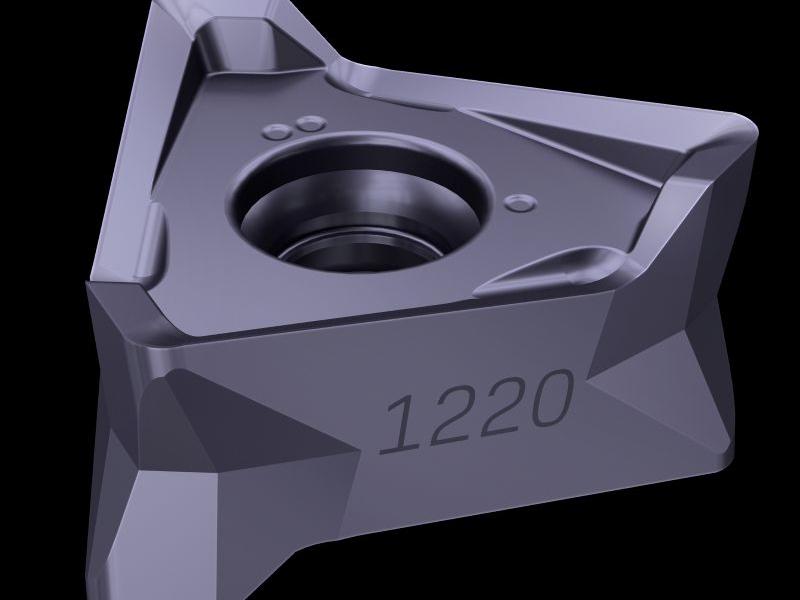It’s clear that the shift to e-mobility is happening now, rather than in three-to-five years’ time. Every component in a vehicle — from, major body structures down to individual bolts and screws — has an integral role in keeping it running sustainably. That includes bearings. Here, Chris Johnson, managing director at specialist bearing supplier SMB Bearings, explains the vital role smart bearings will play in today and tomorrow’s electric vehicles (EVs).
“Electric vehicle sales in China are forecast to hit a record 6 million this year as demand for cleaner cars surges,” reports Bloomberg. This is just one of many testaments to the rising popularity of EVs. McKinsey & Company recommends that automotive original equipment manufacturers (OEMs) and suppliers already shift production from internal combustion engine (ICE) to EV components. At the same time, these components must be designed and built to support optimal energy savings.
Consequently, the race is on to build lighter, more efficient EVs and to maximise vehicle range per charge. Smaller and lighter bearings are needed as EV parts also become less heavy and more compact ― for example, due to improvements in battery energy density that enhance the driving range of vehicles.
That’s why vehicle developers are looking closely at every bearing location in EVs. They must ensure that each bearing helps optimise friction performance, reduces energy expenditure and yields the highest levels of electromobility performance. Bearings in EVs will remain essential across the vehicle itself ― steering columns, motor shafts, wheels, wipers and electric mirrors, windows and seats will all rely on bearings. And there are the drive trains and chassis systems, which rely on electric motor bearings designed for very low noise and low vibration applications.
In all cases, these bearings must enable smooth, fluid motion — for instance, while turning the steering wheel or adjusting the wing mirrors. A quality bearing must be optimally-sized for a given application and able to withstand high stress and loads. In other words, automotive bearings should be chosen carefully.
The powertrain
According to figures published by ACS, EV motors provide up to 15,000 revolutions per minute (rpm) compared with less than 8,000 rpm for ICEs, and consumer cars usually provide less than 6,000 rpm. The higher rpms of electric motors are a major selling point in terms of performance, and also eliminate the need for heavy and expensive transmissions. But this puts higher quality demands on components throughout the powertrain.
Automotive bearings undergo a great deal of stress, wear and tear, depending on the application. They must withstand higher centrifugal forces with minimal self-heating caused by rapid rotation. Aside from wear on the bearings themselves, design engineers must also consider the life of the vehicle, which must perform reliably over hundreds-of-thousands of miles decades into the future.
When choosing bearings for automotive engineering, there is a lot to consider. Not just the specifications of size and material, but also the choice of lubricant and choosing a reliable supplier. It’s essential to select high quality bearings that offer the best performance, longest component life and to avoid parasitic losses at all costs. As an authorised UK distributor, SMB Bearings recommends EZO brand miniature bearings, thin section bearings and stainless steel bearings. As well as selecting your automotive bearings carefully, you must also consider lubricant.
At SMB Bearings, we’re experts in advising customers on the best lubricant for their application, which can have a dramatic effect on bearing performance. For example, automotive bearings for slow moving parts or controls, such as steering column bearings, can be supplied with specialist dampening lubricants to reduce vibration and provide smoother operation.
Real-time data
While the shift to e-mobility gathers pace, designs of bearings have remained consistent for decades, despite some evolutions in the materials used as in ceramic bearings. However, a major change has been digitalisation ― especially the use of bearings within the context of Industry 4.0. Digital technologies like advanced diagnostics and machine-to-machine communications have changed how maintenance is executed.
In particular, digitalisation has heralded a move away from reactive maintenance towards predictive maintenance. Industry 4.0 technologies like sensors can be fixed to automotive components, gleaning real-time data on their condition and performance which is then relayed to manufacturers’ or engineers’ supervisory control and data acquisition (SCADA) systems. These developments include Industrial Internet of Things (IIoT)-compatible smart bearings, which are able to self-diagnose impending faults and failures.
Because they are typically located in the heart of all rotating applications, smart bearings are ideally-placed to help engineers adopt a predictive approach to maintenance. Crucial data on bearing speed and direction, or on the rotational speeds, forces and vibrations impacting upon the bearing and other components, allow for advanced diagnostics to be performed.
Every part in an electric vehicle, big or small, has an integral role in keeping a car running, and this goes for specialist bearings, too. To this end, early warnings about any deterioration in bearing condition can also be accessed. This data can be transferred to the cloud and accessed by engineers in real-time and, as part of a predictive maintenance strategy, help EVs run optimally and for longer distances.






